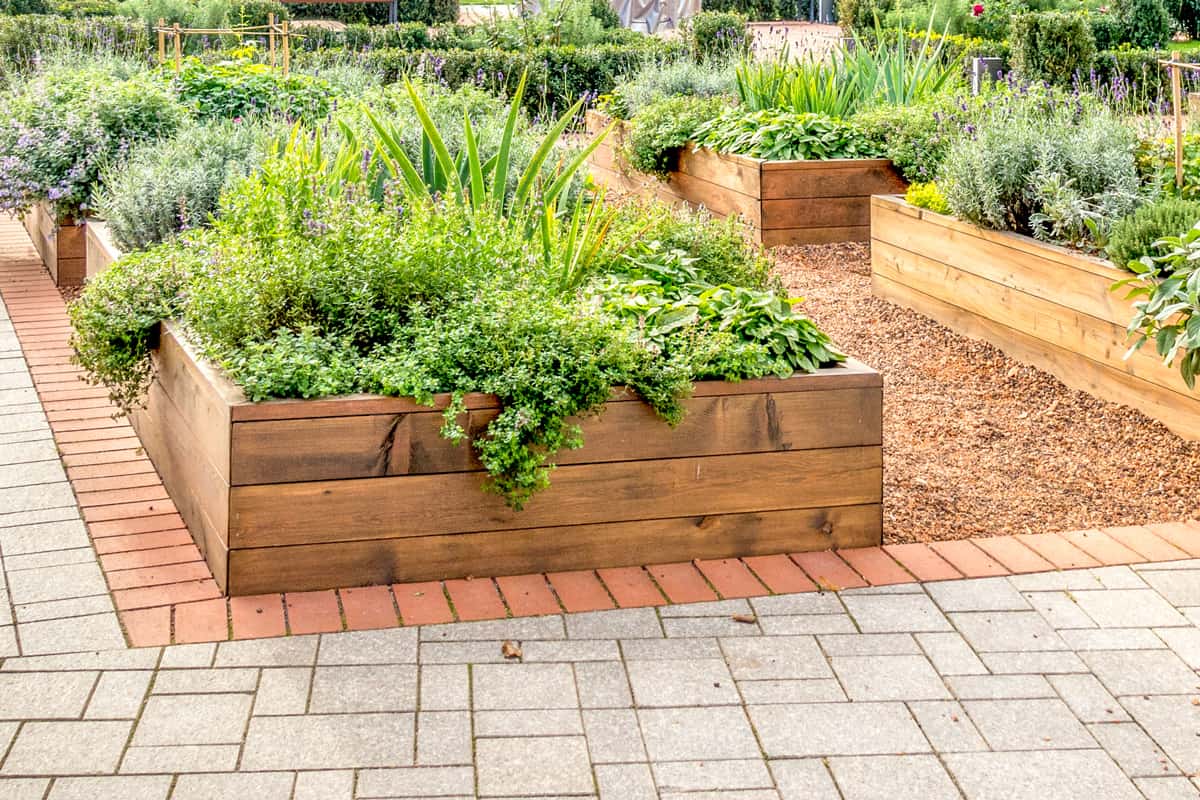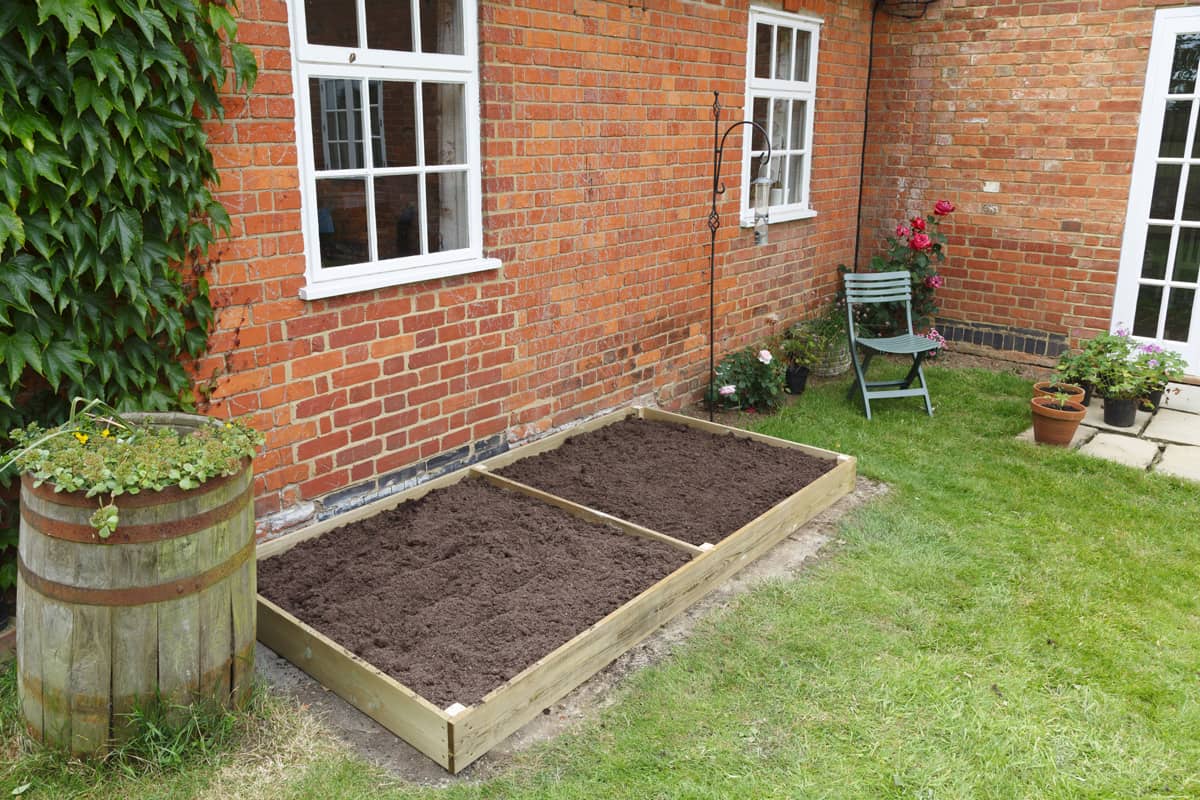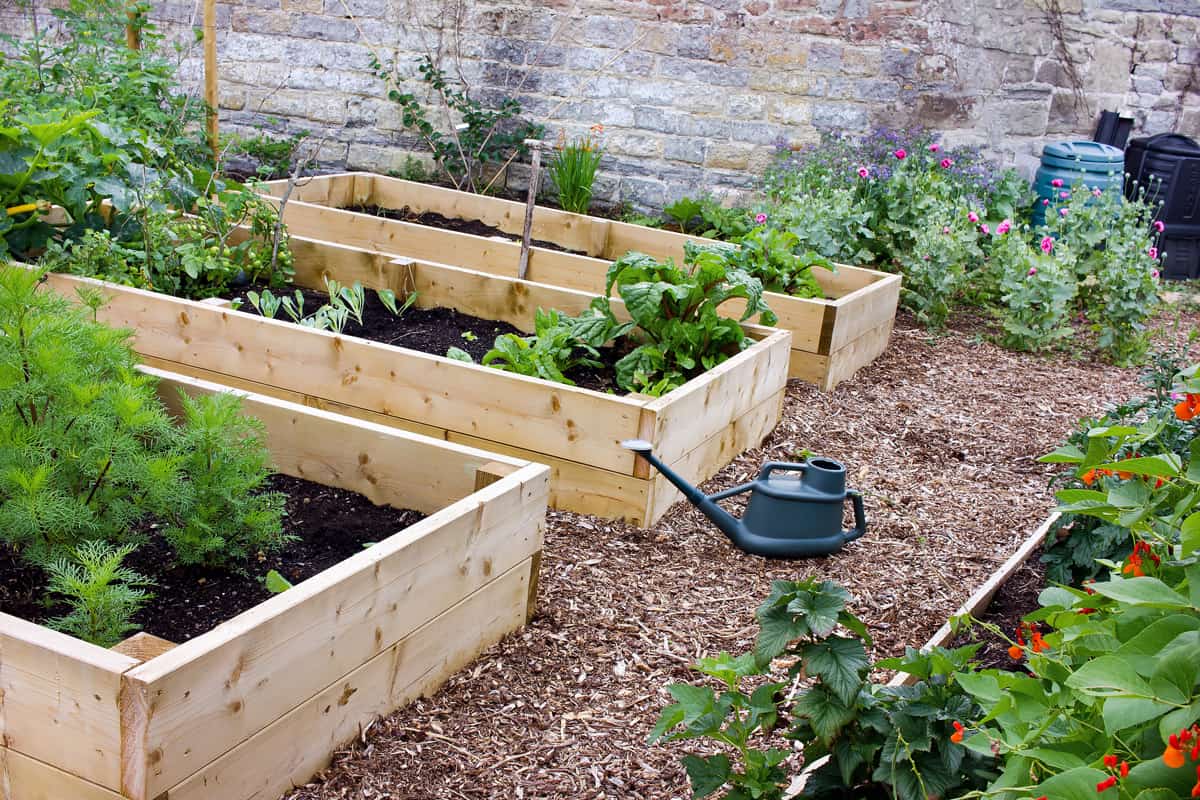For a gardener, seeing overgrown raised beds is somehow depressing. However, it doesn't only happen to you; everyone experiences this devastating situation, especially if you don't have enough time to take care of them. Good thing we have already researched how to clear these overgrown raised beds to guide you toward a fresh start.
To get your overgrown raised beds back in operation, you should do these steps:
- Make the soil of the raised bed wet
- Prepare and get the tools and equipment to use for clearing out the raised bed
- Clear the raised bed of unwanted plants
- Check the entire raised bed
- Plan what plants to retain and start weeding
- Cover the areas that are full of tiny weeds with newspaper
- Add compost
Clearing out a raised bed requires extra effort because it might take a day or more, depending on how many raised beds you have and the unpleasant things you need to remove from them. Please keep reading to find out how to reclaim your outgrown raised beds and make them ready for planting again.
![Raised-bed gardening, garden with a wooden raised-bed planted with vegetables and lettuce. Gardening. Growing vegetables in a wooden garden box. Growing beans, radishes, dill and other plants, How To Clear Overgrown Raised Beds? [Do This!]](https://gardentabs.com/wp-content/uploads/2022/10/How-To-Clear-Overgrown-Raised-Beds-Do-This.jpg)
What To Do To Clear Overgrown Raised Beds

Ideally, you should remove weeds and newly grown shrubs daily from your raised beds. It is to maintain and ensure those plants cannot steal the nutrients from your plants.
But, of course, there are times when you really can't be attentive to taking care of your plants and raised beds, especially if you tend to travel for work and are too busy with other important things. Here's how to reclaim raised beds:
1. Make The Soil Of Your Raised Bed Wet
You might already know that dry soil can make removing shrubs and trees harder. So, it would be best to wet the raised bed before you start the process to make things easier. You can let the rain do it for you or water it yourself.
2. Prepare And Get The Tools And Equipment To Use For Clearing Out The Raised Bed
In every heavy task, you should utilize safety gear before starting. It is to protect yourself in case you encounter accidents as you do the job. So, while waiting for the raised bed to absorb the water completely, you should prepare yourself and the tools.
You may need a trowel, rake, and garden fork for clearing. And as for yourself, you should wear gardening gloves, a hat, have some drinking water handy, and apply sunblock for skin protection.
Click here to check out these gardening gloves on Amazon.
3. Clear The Raised Bed Of Unwanted Plants
The most common technique for removing unwanted plants in your raised bed is to start with the dried ones since they are easier to pull.
To eliminate them correctly, you should use your garden fork and drive it directly to the base or roots of the plant you are removing. After that, it would be best to pry it up as you pull it below its crown. Do this method in all plants.
Once you finish getting rid of all the dried plants, you should now go with those that are presently blooming. And in this case, it is highly suggested to pull those bigger plants first. When you have removed plants like a shrub or tree, the area in the raised bed will provide a more extensive, free space.
However, you should be extra careful when removing the plants and shrubs that you badly want to remove. It is because you might damage the plants you wish to retain.
Click here to check out this garden fork on Amazon.
4. Check The Entire Raised Bed
If you think there are no more shrubs and trees to remove, checking and looking through the entire raised bed would help. It is to ensure that it is completely clear of unwanted plants.
Water the remaining plants after.
5. Plan What Plants To Retain And Start Weeding
Choose the plants you wish to stay in your raised bed, and give them a good weeding. It would be best to ensure that their bases and surroundings are free from any weeds that can steal their nutrients. You can quickly weed your raised bed by using the rake and running it through the spots that contain weeds.
After weeding, cover the plants with an adequate layer of mulch.
The key to remember when doing this step is to divide the raised bed into sections, but only in your mind. And slowly weed every division. Additionally, adding mulch every time you finish one section immediately would be best.
Click here to check out this hand rake on Amazon.
6. Cover The Areas That Are Full Of Tiny Weeds With Newspaper
After clearing out weeds, you may notice that there are still, or there will always be, tiny weeds in the soil, which you can hardly pull out because of their size.
In this case, it would be best to lay a layer of damp newspaper on the areas where tiny weeds are present—after that, applying a black-colored landscaping cloth on top of the newspapers would also help. Lastly, secure those by placing stones on their top.
After a few weeks, remove the cover. Expect that the tiny weeds or any remaining weeds are finally killed.
Click here to check out this weed barrier landscaping cloth on Amazon.
7. Add Compost

The last step would be adding compost before you start planting. It is a must to ensure that the soil is healthy before you get it back to work.
What Are The Advantages Of Raised Garden Beds

After clearing your outgrown raised beds, you should now make the most out of it, especially since there are several advantages it can give, and they are:
It allows You To Build Anywhere
The most helpful advantage of a raised bed is that you can build it on any surface you want. You don't have to worry about whether or not the surface is free and can accommodate gardening.
More Control Of Soil Management
Additional advantages of a raised bed compared to a regular one when it comes to its characteristics are:
- the soil heats up early in the spring
- less compressed soil
- drains water or moisture better
You Can Place It Anywhere, Even In A Small Space
A small space won't hinder you from building a productive raised bed. Good thing you can place one anywhere that can receive full sun daily.
Allows Anyone To Plant
Raised beds are open to all. Good thing they are reachable by people of any age and physical capability. In fact, you can adjust the height of a raised bed for best access.
Easy To Restrict Pests
With raised beds, you can slow down the infestation of pests. It is because they will have difficulty climbing to go inside it. And there is also a huge possibility that raised beds can completely restrict pests.
Safe And Secured From Getting Stepped On
It is nice that you can freely leave your children or visitors in your garden without worrying if they will step on the raised beds and plants.
What Are The Disadvantages Of Raised Garden Beds

Of course, raised beds also have several drawbacks, and they are inevitable. All you need to do is determine whether these disadvantages can outweigh the advantages.
Raised Beds Require Frequent Watering
Since a raised bed drains well and is less compact, expect its soil to dry out faster than an ordinary garden bed. In this case, it will require more watering.
It Is More Costly
Raised beds can be extra expensive, even if you construct several small sizes using bricks and lumber materials.
Unenclosed Raised Beds Are Harder To Maintain Compared To Enclosed Raised Beds
If you have an enclosed raised bed, expect that maintaining it would be easier than the unenclosed style. The latter exposes itself to animals, wind, visitors, children, and pests, which will cause it to obtain damage, structurally as well as the plants.
It Can Make The Surface Around It Messy
Since a raised bed drains the water or moisture directly around its sides or base, expect it to produce mud. That is why building raised beds with a proper drainage system is highly advisable to prevent their surroundings from getting sludgy.
Wrapping It All Up!

It is truly satisfying to see your raised bed clear of unwanted trees, shrubs, and weeds. So, if you want to achieve a freshly groomed raised bed and excellent results, following the guidelines we have provided you in this post would be best. Additionally, you should maintain your raised bed from now on to make the most out of it.
We hope you find this post helpful. If you still have additional questions that you wish to be answered, you can reach out in the comments. And to continue reading, you might want to check these posts out!
How to Protect Wood in Raised Garden Beds and Flower Boxes
How Long After Tilling Can You Lay Sod Or Plant Grass?
Planting Corn In Your Home Garden: How Far Apart, How Deep, How Many Seeds Per Hole, & More!




